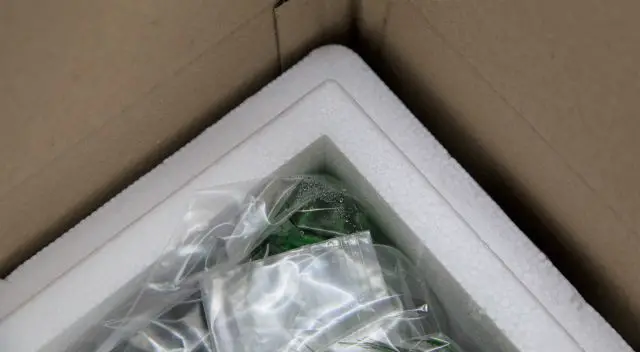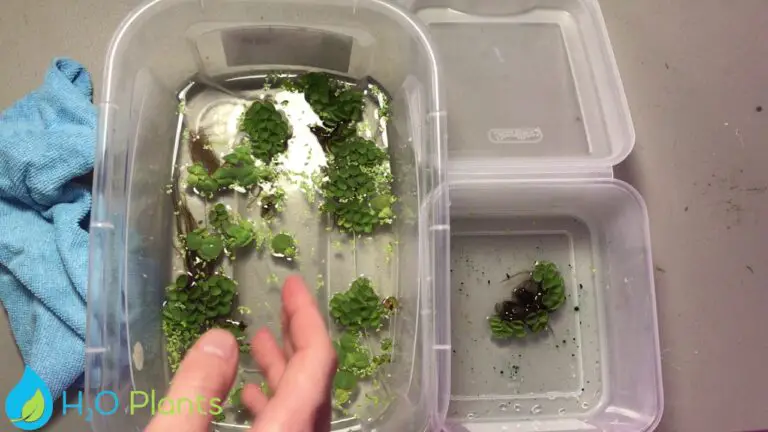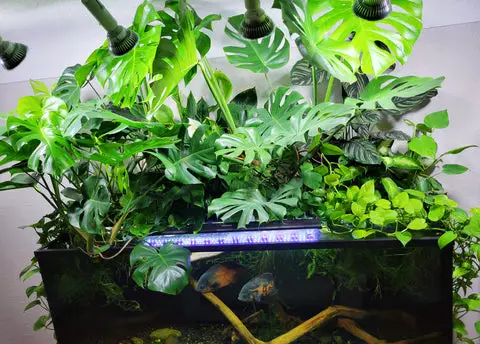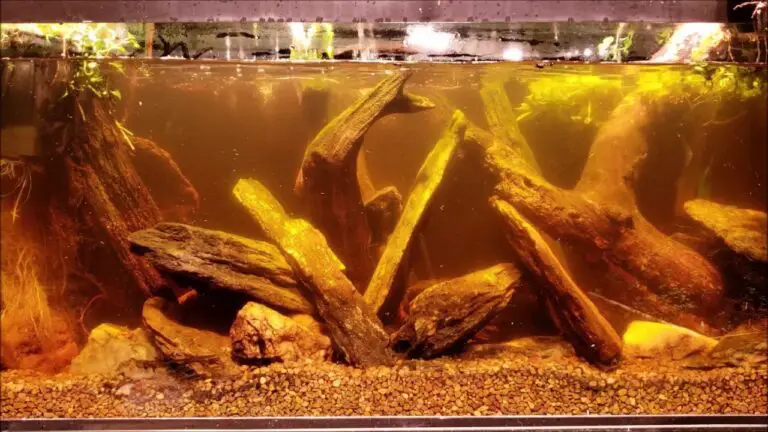Signs of Too Much CO2 in Aquarium
Signs of too much CO2 in an aquarium can be seen in both the water and the fish. The water can become cloudy as a result of over-carbonation, and it may also cause pH levels to drop significantly. Fish will display signs of stress such as gasping at the surface or laboured breathing, which is…






